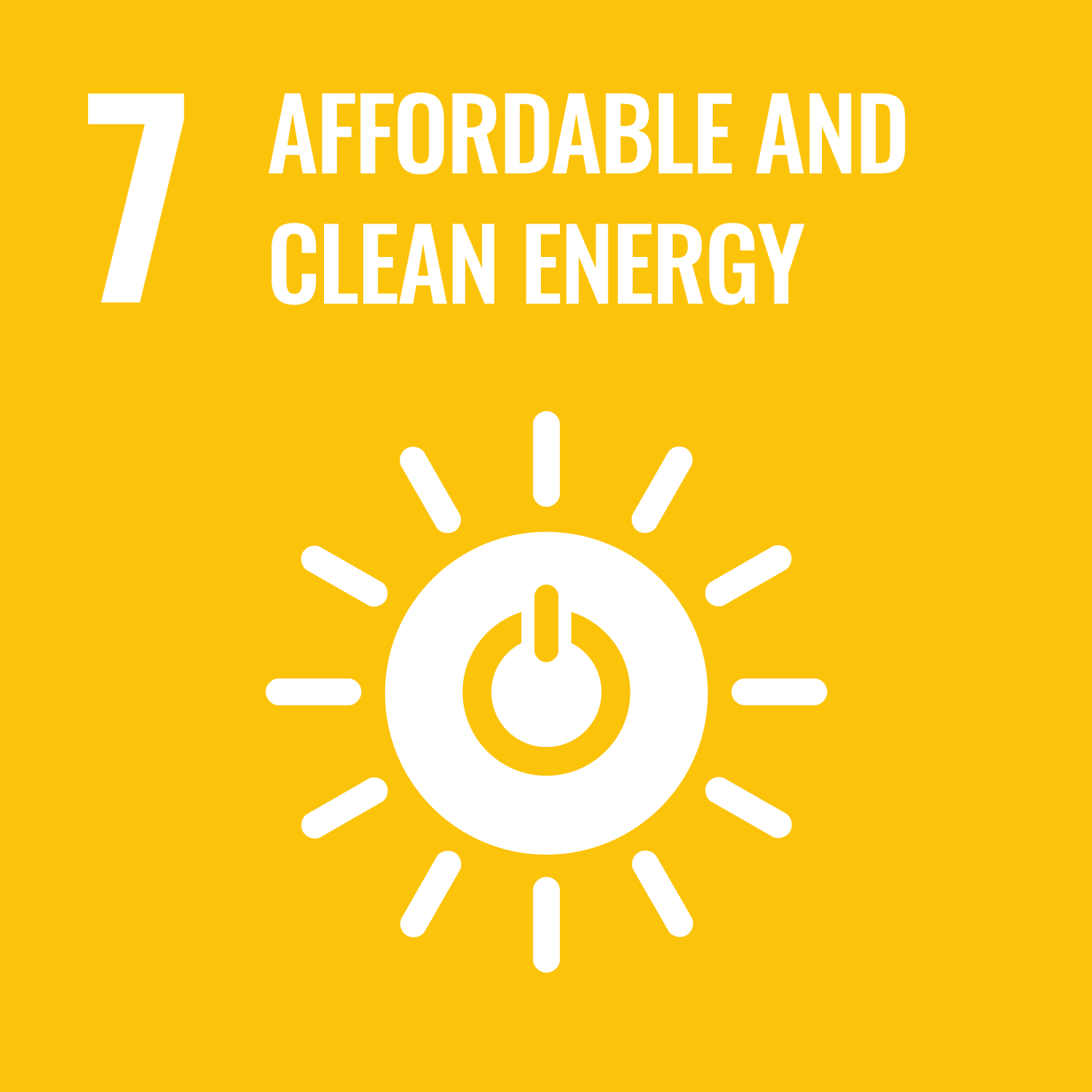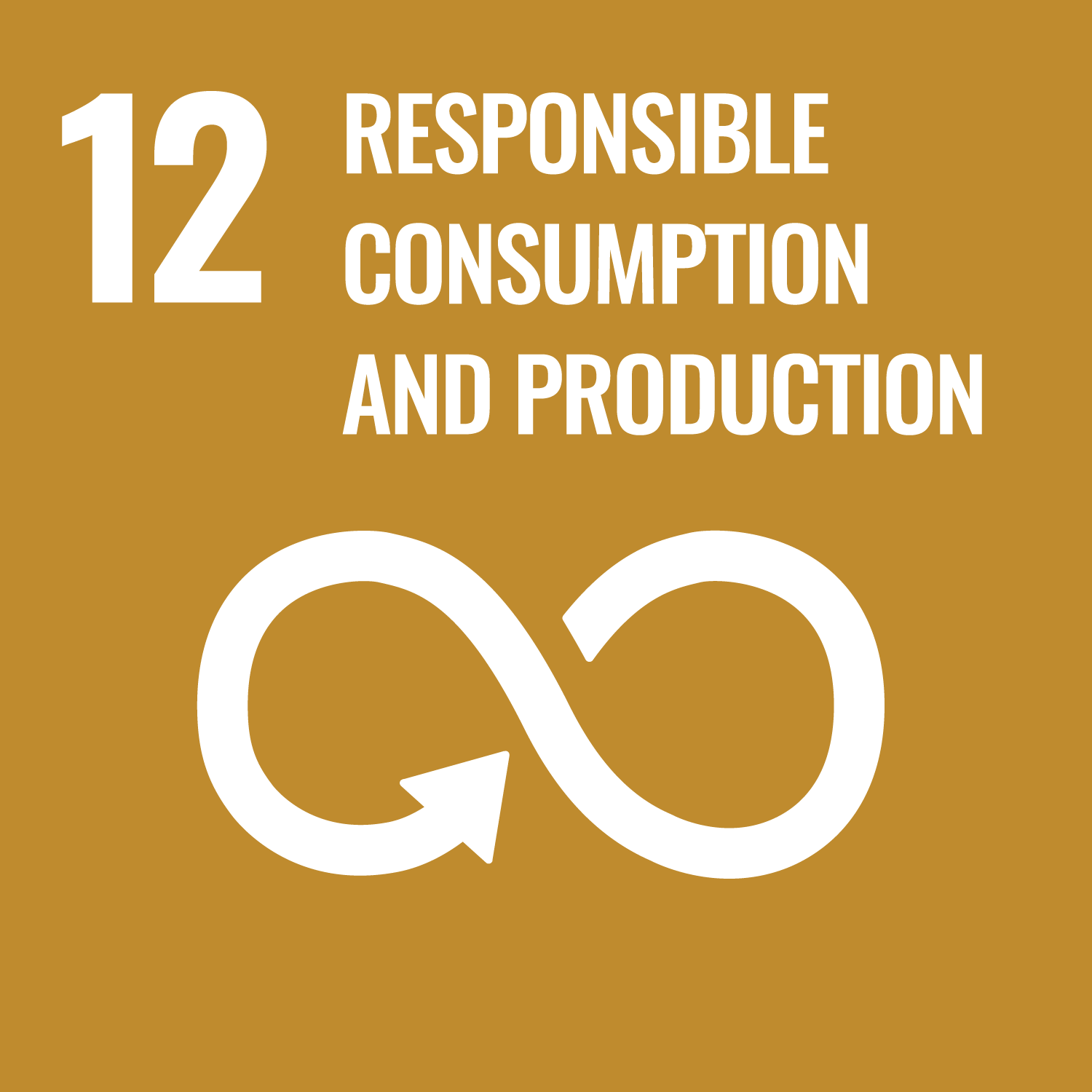Instrumental Analysis
The theoretical classes (1, 3, 5, 8, 10, 12) and exam classes (7 and 14) are held virtually, but the laboratory classes (2,
4, 6, 9, 11, 13) are held in person.
In order to become an excellent engineer or researcher, it is mandatory to afford experiments in laboratory and know the theory behind experimental techniques. This course is given by international faculty members. Various experimental techniques are introduced such as: X-Ray Diffraction (XRD); Physical Properties Measurement System (PPMS); Scanning Electron Microscopy (SEM; Thermogravimetry and Differential Thermal Analysis (TG/DTA); Fourier-Transform Infra-Red spectroscopy (FT-IR); Raman spectroscopy. For each technique, one class about working principles and introduction to the chemical and/or physical theory behind will be given, followed by a class of basic experience in laboratory. The students will be divided in small groups (3 or 4 each) and each group will team to prepare the reports and presentations of each experience.
In order to become an excellent engineer or researcher, it is mandatory to afford experiments in laboratory and know the theory behind experimental techniques. This course is given by international faculty members. Various experimental techniques are introduced such as: X-Ray Diffraction (XRD); Physical Properties Measurement System (PPMS); Scanning Electron Microscopy (SEM; Thermogravimetry and Differential Thermal Analysis (TG/DTA); Fourier-Transform Infra-Red spectroscopy (FT-IR); Raman spectroscopy. For each technique, one class about working principles and introduction to the chemical and/or physical theory behind will be given, followed by a class of basic experience in laboratory. The students will be divided in small groups (3 or 4 each) and each group will team to prepare the reports and presentations of each experience.
The students will be able to use the standard characterization techniques which constitute the grounds of applied materials
science. Students will be able to explain the basic scientific and technical principles of advanced equipment and apply them
in the laboratory, to obtain reliable data.They will also obtain experience on how to work in a team, write experimental reports
and prepare presentations.
| Goals and objectives | Course Outcomes | |
|---|---|---|
| 1. | Students will be able to explain the basic scientific and technical principles of several measuring techniques used in material science. |
A-1
|
| 2. | Students will be able to explain the theoretical principles of the instruments and conduct basic experiments in the lab. |
A-1
|
| 3. | The students will be able to write scientific reports . |
A-1
|
| 4. | The students will be able to prepare and deliver public presentations. |
A-1
|
| Class schedule | HW assignments (Including preparation and review of the class.) | Amount of Time Required | |
|---|---|---|---|
| 1. | Introduction to the course - explanation on how prepare reports and presentations; XRD - theory and principles |
lecture review at home | 170分 |
| 2. | XRD - laboratory | preparation of report at home | 170分 |
| 3. | PPMS - principles of transport measurements | lecture review at home | 170分 |
| 4. | PPMS -laboratory | preparation of report at home | 170分 |
| 5. | Electron microscopies and SEM - laboratory | lecture review at home | 170分 |
| 6. | Electron microscopies and SEM - theory | preparation of report at home | 170分 |
| 7. | First part: discussion of reports of the first three laboratories (XRD, PPMS, and SEM) and presentation in the class on a technique of choice of the first three | preparation for first part (reports and presentation) | 305分 |
| 8. | TG/DTA -theory | lecture review at home | 170分 |
| 9. | TG/DTA - laboratory | preparation of report at home | 170分 |
| 10. | FT-IR spectroscopy -theory | lecture review at home | 170分 |
| 11. | FT-IR spectroscopy - laboratory | preparation of report at home | 170分 |
| 12. | Raman specroscopy - theory | lecture review at home | 170分 |
| 13. | Raman specroscopy - laboratory | preparation of report at home | 170分 |
| 14. | Second part: discussion of reports of the second three laboratories (TG/DTA, FT-IR and Raman spectroscopy) and presentation in the class on a technique of choice of the second three | preparation for second part (reports and presentation) | 305分 |
| Total. | - | - | 2650分 |
| Reports 1, 2, 3 | Reports 4, 5, 6 | Presentation I | Presentation II | Total. | |
|---|---|---|---|---|---|
| 1. | 30% | 30% | |||
| 2. | 30% | 30% | |||
| 3. | 20% | 20% | |||
| 4. | 20% | 20% | |||
| Total. | 30% | 30% | 20% | 20% | - |
Each report will contribute for 10% to student`s grade.
Totally 6 reports must be provided (for every experimental class) so total score for the reports is at maximum 60% of the grade
Each presentation will contribute for 20% to student`s grade. Totally 2 presentations must be provided (for one technique of choice from the first three and for one technique of choice from the second three) so total score for the presentations is at maximum 40% of the grade
To pass the student must earn a total score of 60% or more.
Totally 6 reports must be provided (for every experimental class) so total score for the reports is at maximum 60% of the grade
Each presentation will contribute for 20% to student`s grade. Totally 2 presentations must be provided (for one technique of choice from the first three and for one technique of choice from the second three) so total score for the presentations is at maximum 40% of the grade
To pass the student must earn a total score of 60% or more.
- Contact via e-mail, the e-mail addresses to the teachers of each class to establish an appointment (substitute "[at] with "@")
- Introduction and coordination: P. Mele pmele[at]shibaura-it.ac.jp
XRD: A. Klimkowicz alicja[at]shibaura-it.ac.jp
PPMS: N. Sakai nsakai[at]shibaura-it.ac.jp - SEM: K. Ahmed kumkum[at]shibaura-it.ac.jp
TG/DTA: K. Ahmed kumkum[at]shibaura-it.ac.jp - FT-IR: S. Y. Lee soyoon[at]shibaura-it.ac.jp
Raman: I. I. Rzeznicka izabela[at]shibaura-it.ac.jp
- Course that cultivates an ability for utilizing knowledge
- Course that cultivates a basic problem-solving skills
| Work experience | Work experience and relevance to the course content if applicable |
|---|---|
| N/A | N/A |



- 7.AFFORDABLE AND CLEAN ENERGY
- 9.INDUSTRY, INNOVATION AND INFRASTRUCTURE
- 12.RESPONSIBLE CONSUMPTION & PRODUCTION
Last modified : Sat May 28 04:05:51 JST 2022
